Monday Morning Update 8/4/14
Top News
Johns Hopkins Medicine (MD) and Kaiser Permanente announce a collaboration in which they will share EHR best practices, develop technology to deliver personalized medicine, and create better and cheaper care models.
Reader Comments
![]()
From HIS Geek: “Re: Siemens. To understand Siemens’ lack of smooth integration, you need to go back to the SMS roots. In the 1980s and 1990s, SMS technical groups were organized internally based on hardware loyalties — DEC, IBM, PCs, networks –not customer or market needs. Silos of technology, support, and sales added more problems. Siemens failed to fix the SMS legacy. It added its own agendas on top of it all and ignored the EHR market trends.” Big vendors trying to juggle legacy products always have that problem – segregation of their expertise by product line and destructive internal infighting for executive attention. Both McKesson and Siemens bet their credibility on new showcase products that failed – Horizon and Soarian – although I respect Siemens for at least trying to build something new even though their stodgy German leadership and SMS’s mainframe mentality made it unlikely to succeed. The best full-spectrum vendors – Epic, Cerner, and Meditech – are healthcare-only and focus on a single product line that they built themselves, and even with Cerner and Meditech their weakest products are ones they acquired. Big corporations dabbling in multiple vertical industries usually populate the bottom rungs of healthcare IT user satisfaction and innovation; prospects they convince otherwise are likely doomed to repeat history.

From DenverDermPA: “Re: Greenway. We had a PrimeSUITE upgrade to 17.0 two weeks ago. The system has slowed to a crawl – it takes 2-5 minutes just to change patients. Greenway support advised that it’s a known issue documented in the 30-page release notes. The impact has been an extra 1-2 hours charting after hours every day, extra time to respond to critical lab results, and an extra day to respond to refill requests. Should I consult with legal counsel? Are other users having this issue? Can I report EHR issues to the government?” Two weeks is a long time to live with a crippled system, but Greenway is your only hope of fixing the problem. Assuming you’ve escalated to a high level and are continuing a dialog that suggests they’re working on it, I wouldn’t call a lawyer or complain to the federal government – you might feel good about lashing out, but that’s going to create a barrier between you and the only people who can improve your day-to-day existence. I’ve forwarded a high-level Greenway-provided contact who promises to look personally into your issue. If the problem is yours alone, a few hours of tech time should figure out a solution, but if it’s not (which I agree would then indicate poor QA on Greenway’s part, and I’d be interested in hearing from anyone else having the same problem), the developers need time to develop an all-client fix that doesn’t break something else. You also mentioned that you don’t have a test environment and didn’t read the release notes, which I understand as a very small practice, but that’s a lesson learned – you and your vendor bear equal responsibility for making sure new releases work in your particular environment and that you are ready to go live with the changes — including training, required configuration, and testing every critical function regardless of whether or not the vendor says they changed them (the functions programmers didn’t mean to change are usually the ones that elude QA). SVP of Product Management Mark Janiszewski provided this response to my inquiry:
Many of our Greenway PrimeSUITE customers recently upgraded to our Meaningful Use-certified release in order to attest for Meaningful Use. This release contains a number of new and changed workflows made necessary by MU 2014 requirements and also includes improvements to our lab orders module. We’re working with our customers every day to answer their questions regarding the many new capabilities of 17.0. Also, we’ve identified several areas where the workflows and tools can be enhanced to improve efficiency, and have our development team focused on getting those to our customers as quickly as possible – currently every few weeks.
HIStalk Announcements and Requests

Respondents were split 50-50 on whether EHR vendors influence government policy too much. New poll to your right: should the federal government define and mandate EHR interoperability requirements? Click the “Comments” link on the poll box after voting to elucidate further.
Welcome to new HIStalk Platinum sponsor WeiserMazars. The New York-based accounting, tax, and advisory company, founded in 1921 (!), offers providers and health plans IT consulting (planning, review, governance, network planning, system selection, contracting, project management, and facilities management), financial advisory services, revenue cycle services (assessment and transformation, revenue integrity, point-of-service collections, charge master, charge capture, and collections improvement), and full service options for managed care related services. A recent client survey found that 98 percent would recommend the company to others. Ken Fischer, who ran his own firm Smart Solutions for Health Care and worked for KPMG’s healthcare practice before that, is in charge of the healthcare group. I noticed that the company announced Friday its acquisition of pmpm Consulting Group, a California firm that offers managed care services. Thanks to WeiserMazars for supporting HIStalk.
It’s interesting that the significant percentage of Americans who are fat, don’t exercise, and ignore the instructions of their doctors can’t fixate enough about the media-hyped transfer of two Ebola patients to the US, accompanied by the embedded TV talking head doctor Sanjay Gupta.
Listening: the stunning Scotland-based heavy metal progressive (Rush meets Spock’s Beard) band Pallas, which has been around intermittently since the early 1980s.
Last Week’s Most Interesting News
- CMS issued a rule setting October 1, 2015 as the enforcement date for ICD-10.
- McKesson turned in great quarterly numbers, but its earnings were hurt by an accounting change involving the sale of its European healthcare IT business. Revenue from the Horizon product line that’s being phased out dropped as expected.
- A GAO report found that Healthcare.gov will end up costing taxpayers nearly a billion dollars, much of that due to CMS mismanagement of the project.
- Congress moved quickly to approve giving the VA $16 billion to hire more staff, open new clinics, and pay for the outside care of veterans who can’t get prompt VA appointments.
- The Senate Appropriations Committee directed ONC to identify and decertify EHR vendors that “proactively block the sharing of information.” Meanwhile, big vendors continue to proclaim themselves as “open” and criticize their competitors – namely Epic – as “closed.”
- The companies that acquired Sunquest and Encore Health Resources say they are contributing strongly to their bottom lines and are growing.
- National Coordinator Karen DeSalvo wrote a letter to the Boston Globe expressing disappointment at its article that criticized EHR-related oversight and patient safety, adding her pitch for ONC’s proposed health IT safety center.
Acquisitions, Funding, Business, and Stock

Outpatient surgery software vendor SourceMedical acquires Encircle Healthcare, which offers a surgical eligibility and registration patient portal.

From CPSI’s earnings call Friday:
- The company implemented its new ED system in three hospitals and has two more scheduled next quarter.
- The new Medical Practice EHR is live in 10 practices.
- Ten hospitals completed Meaningful Use Stage 2 attestation and another 13 are ready. The patient engagement requirement is the big stumbling block.
- The Meaningful Use delay hasn’t impacted sales since it was really only a three-month delay – deferring to 2015 requires a full-year attestation starting October 1, 2014 instead of attesting for a 90-day period.
- Scheduling the user conference in Q2 rather than Q3 moved a $500,000 expense up one quarter.
- Chairman and CFO David Dye said that rural hospitals are struggling, but added, “I can hardly think of any time in the 25 years that I’ve been here that I wouldn’t have said the exact same thing.”
- President and CEO J. Boyd Douglas said in response to an analyst’s question about Cerner reporting small-hospital gains with CommunityWorks that CPSI isn’t seeing Cerner in any significant way after a slight uptick a year ago.
- Dye said that while CPSI might consider acquiring a population health management systems vendor, they’ve never done an acquisition and have written all products themselves.
People

Tomas Gregorio (HealthEC) is named senior executive director of healthcare systems innovation of New Jersey Innovation Institute. He was VP/CIO of Newark Beth Israel Medical Center from 2006 to 2010.

PM/EHR vendor MedEvolve names Michael Schiller (Streamline Health) CEO.
Announcements and Implementations

Carolinas HealthCare (NC) releases The Amazings, a free game app for kids 7-12 who have asthma. It helps them avoid triggers such as pollen and cigarette smoke. That’s a pretty cool project for a health system to take on.
Wisconsin-based Anthem Blue Cross and Blue Shield provides subscribers access to LiveHealth Online, which provides mobile-based, two way video telemedicine sessions with US-based doctors to residents of most states. Visits average 10 minutes and cost $49 by credit card without insurance. Doctors can generate prescriptions from the visit in many states. Users can choose a doctor by viewing their profile and their online ratings. LiveHealth Online is WellPoint’s rebranded version of American Well.
Government and Politics

Massachusetts gubernatorial candidate and former Institute for Healthcare Improvement President and CEO Don Berwick, MD says that “healthcare costs are eating the state alive” at 42 percent of the state’s entire budget, or $15 billion per year. Berwick says administrative overhead makes Massachusetts “the most expensive state for healthcare in the most expensive country in the world” and proposes a single-payer system that would create transparency and public accountability. The Democratic primary is September 9.
Other

Stanford Medicine (CA) launches the first ACGME-accredited clinical informatics fellowship, directed by Stanford Children’s Health CMIO Christopher Longhurst, MD, MS.
A federal claims court overturns the VA’s ICU systems award to Picis, finding that the VA relaxed its standards in choosing its products over those of CliniComp, which filed suit.

Richard Cope, president of specialty EHR vendor Boston Advanced Analytics (formerly Coping Systems), is fined $1,000 by the city of Quincy, MA for renting his home on Airbnb. The city’s inspector confided to reporters, “We believe there are others.”
A Tucson, AZ urology practice notifies 3,000 patients of a data breach after finding that employees don’t always remove stick-on labels from urine sample cups before throwing them away. The labels contained patient name, date of birth, chart number, physician name, and date of service.

The management team of Riverside Hospital (TX) asks a US district judge to allow its former administrator — who is charged with leading a $158 million Medicare fraud ring at the same hospital and is banned from working in healthcare — to return as an unpaid consultant to save the hospital from financial peril. The state had previously stopped sending patients to the hospital because of widespread fraud, but the former administrator contacted Congresswoman Sheila Jackson Lee, who successfully demanded that the state give the hospital another $3 million. The hospital paid “recruiters” $300 for each Medicare patient they brought off the street to one of the hospital’s six psychiatric clinics, where the senior citizens hung around all day as the hospital billed Medicare $116 million for therapy sessions.
Contacts
Mr. H, Lorre, Jennifer, Dr. Jayne, Dr. Gregg, Lt. Dan, Dr. Travis.
More news: HIStalk Practice, HIStalk Connect.
Get HIStalk updates.
Contact us online.






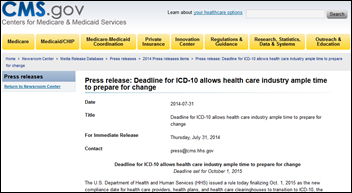
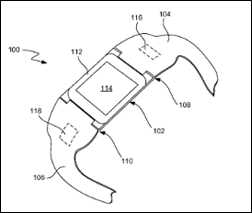








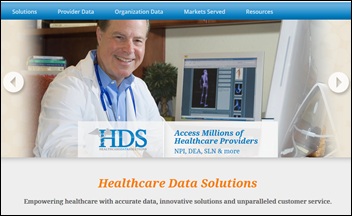

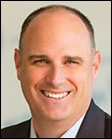




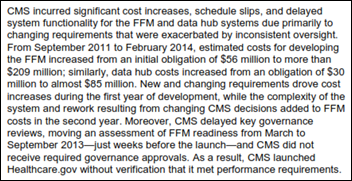
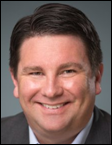


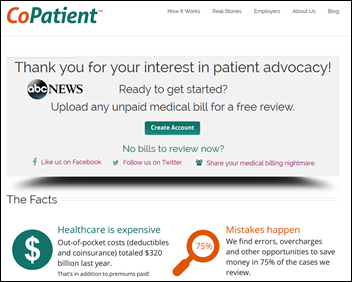






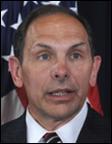
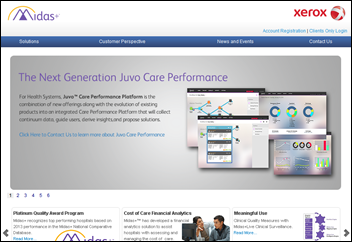


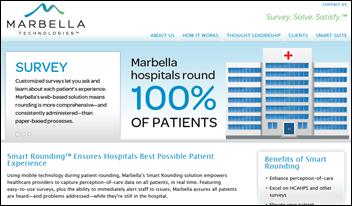










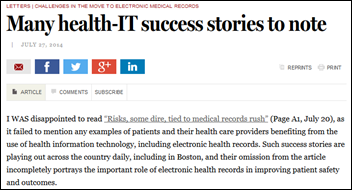
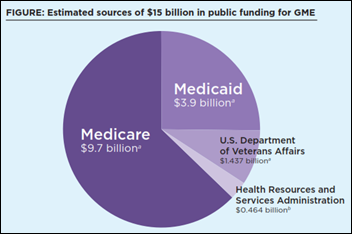
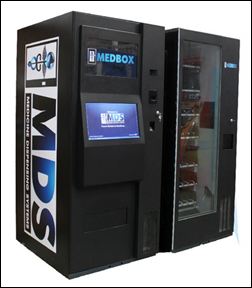


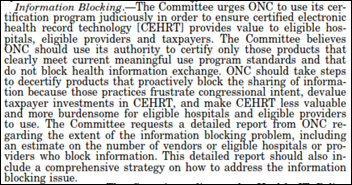


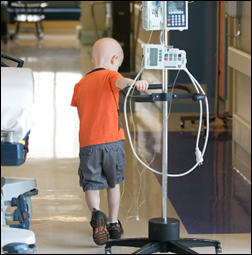




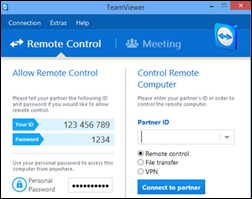




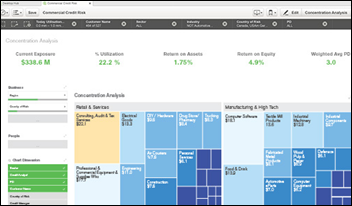

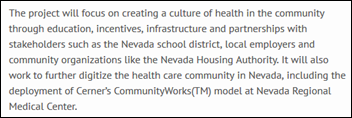
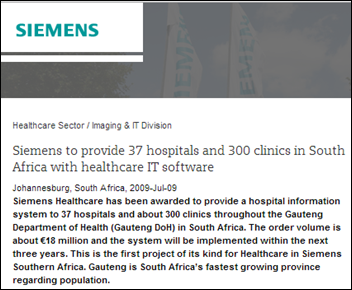
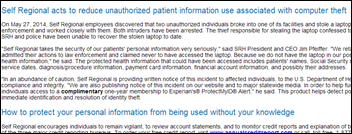






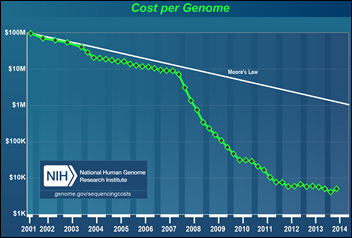
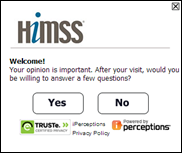






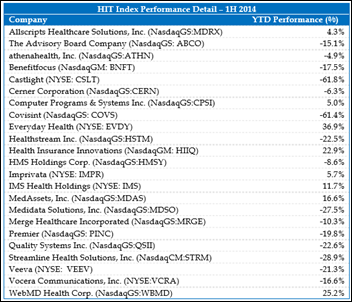
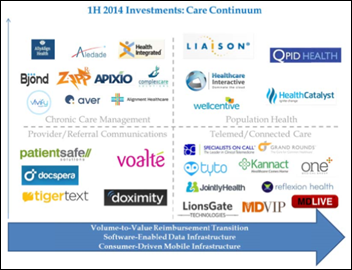


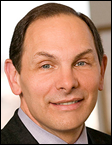
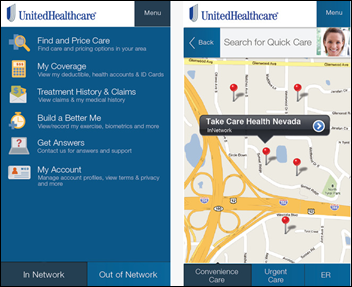
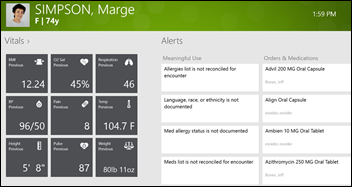


















































































Hard agree with "actionless figure" - I realize that LinkedIn is the only mostly-non political form of social media we…